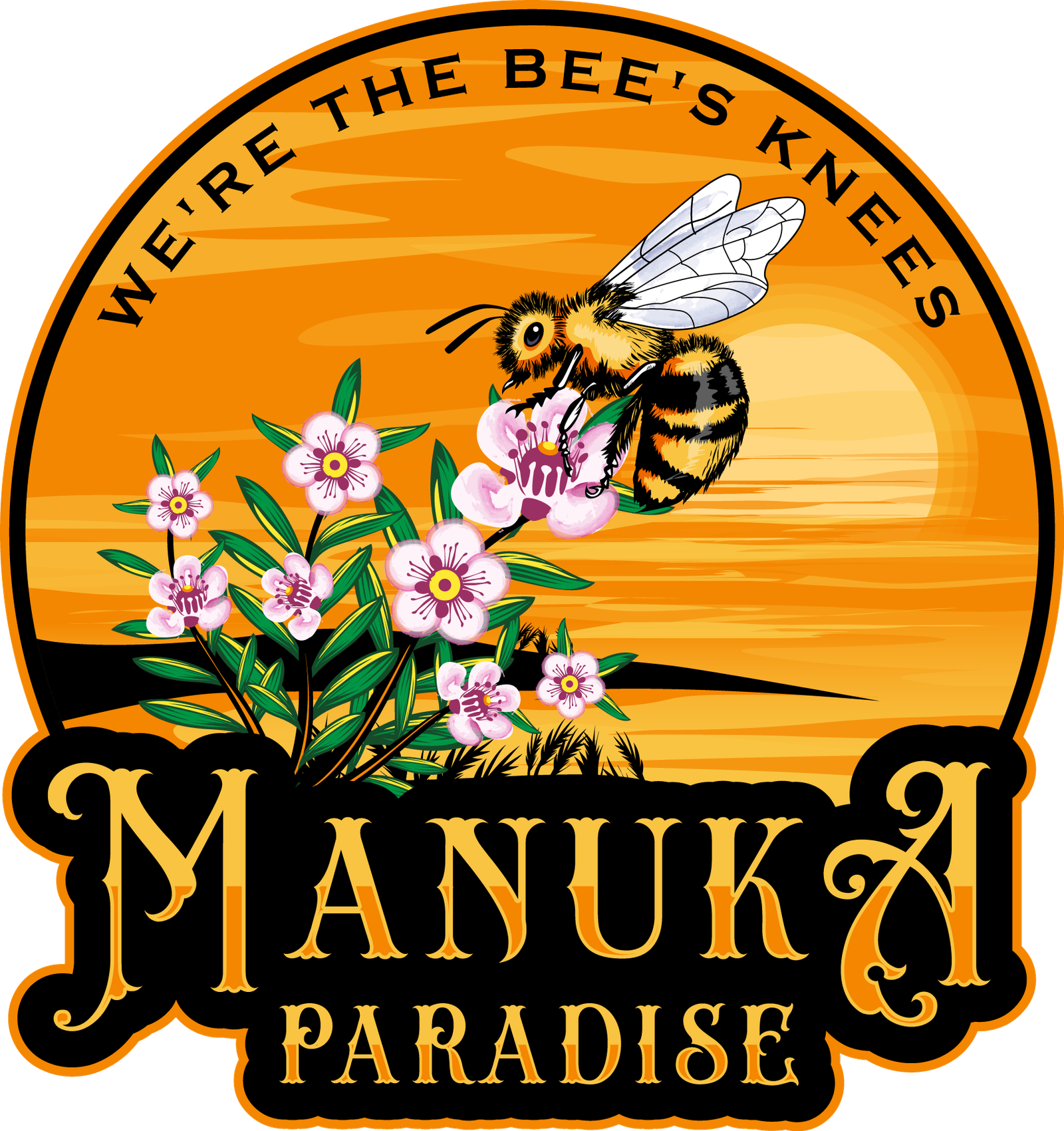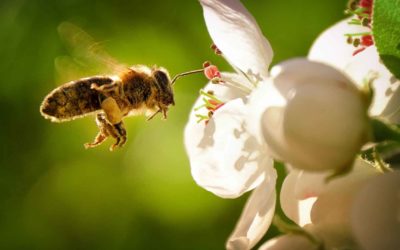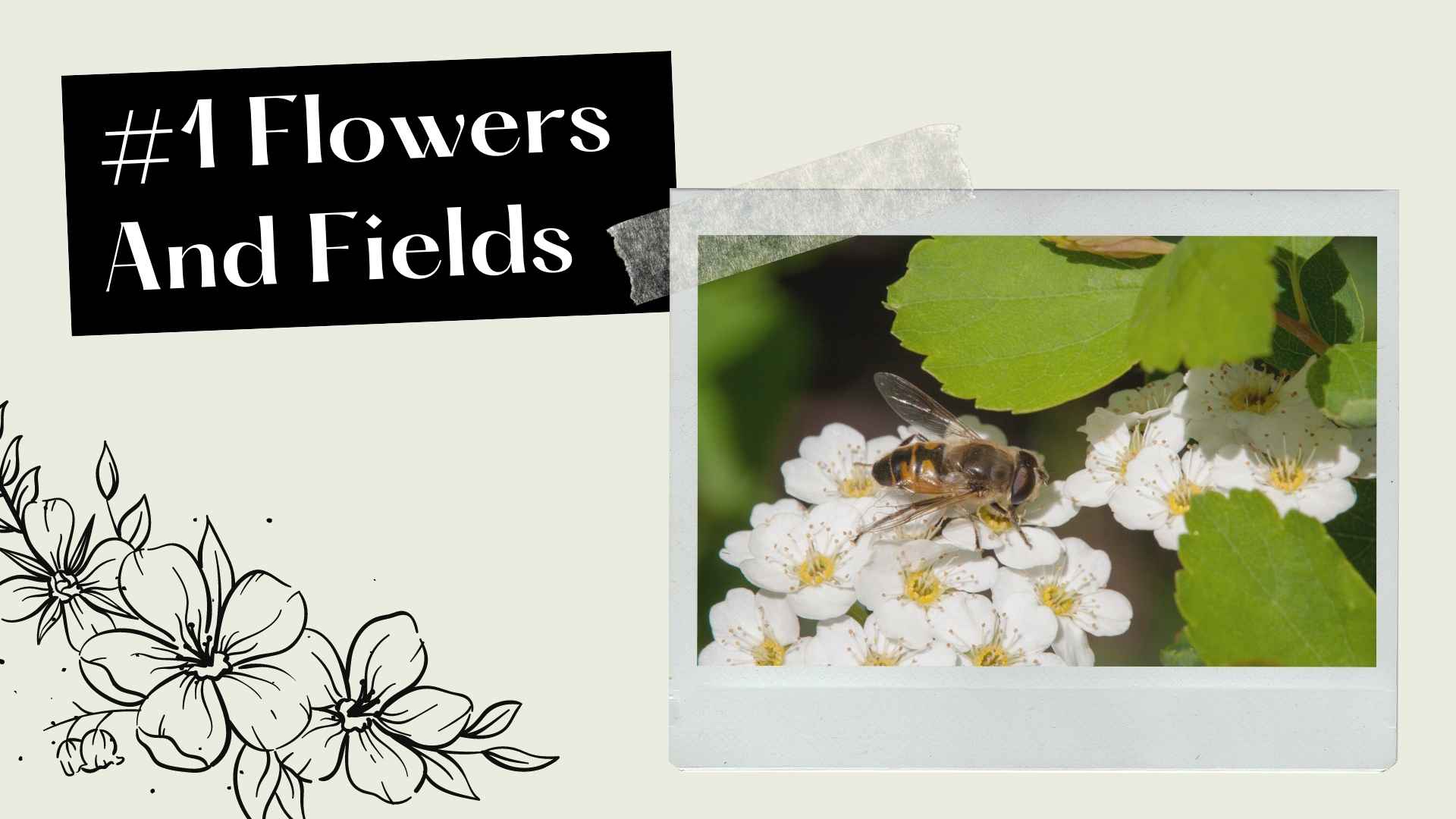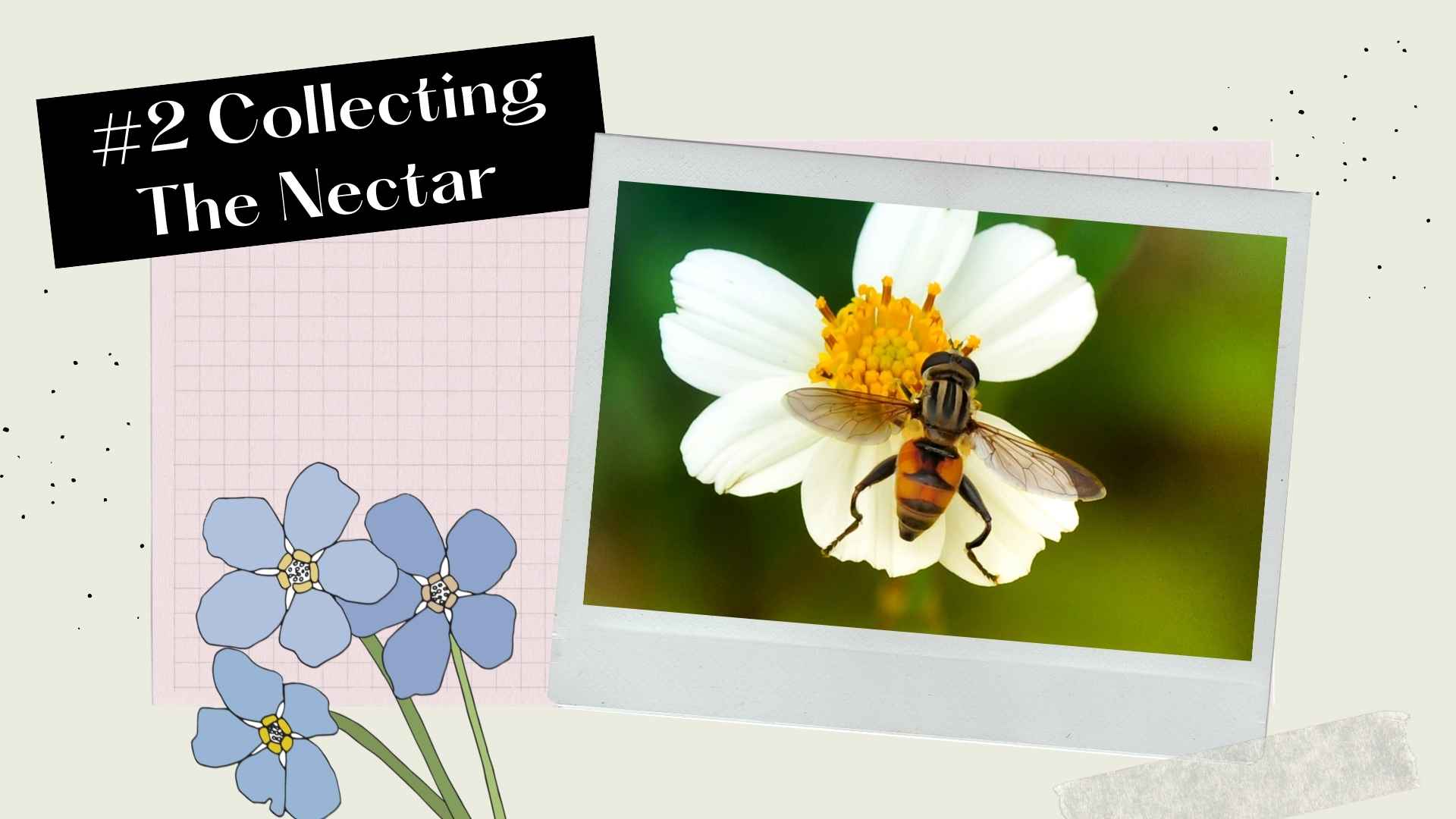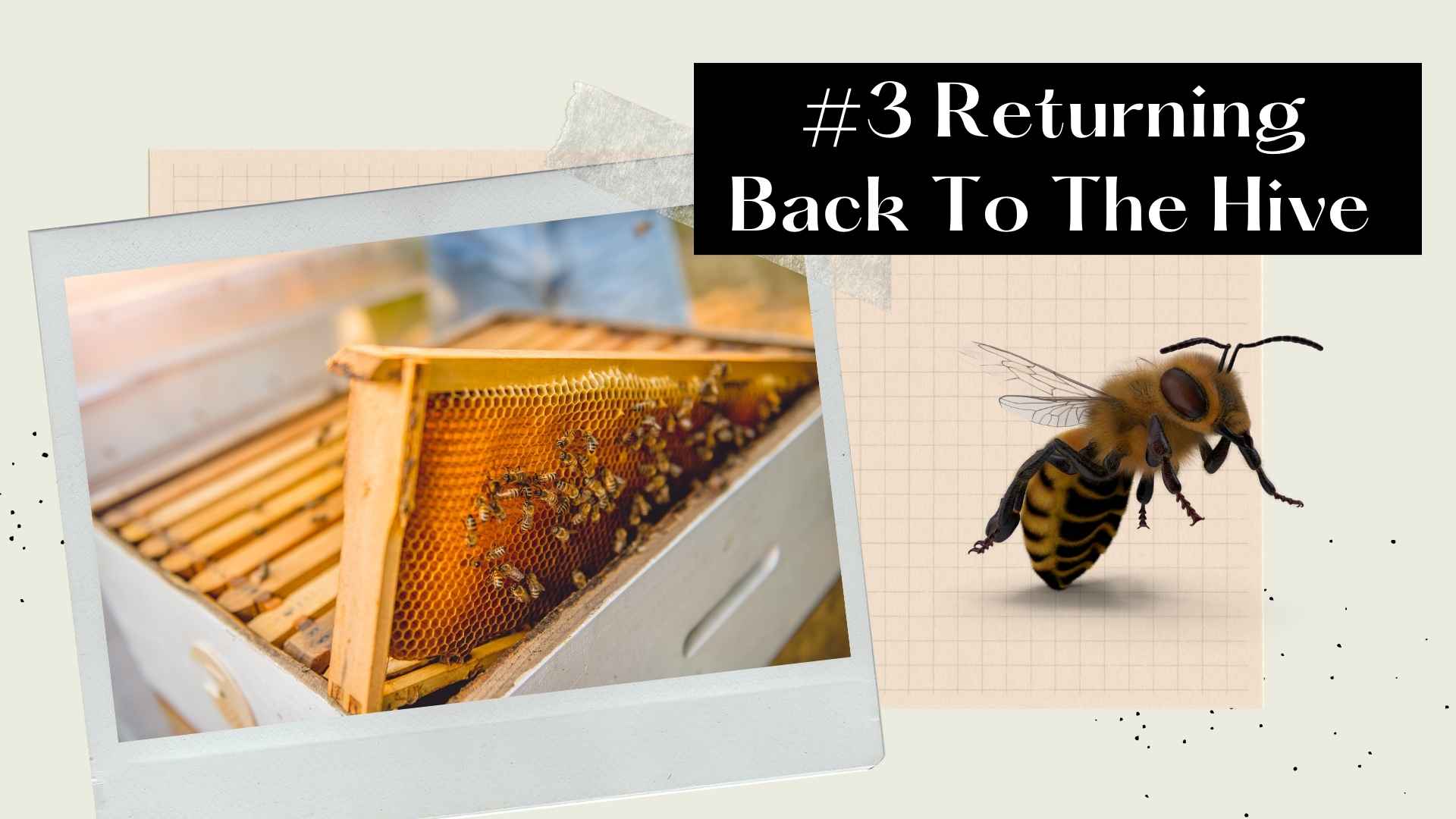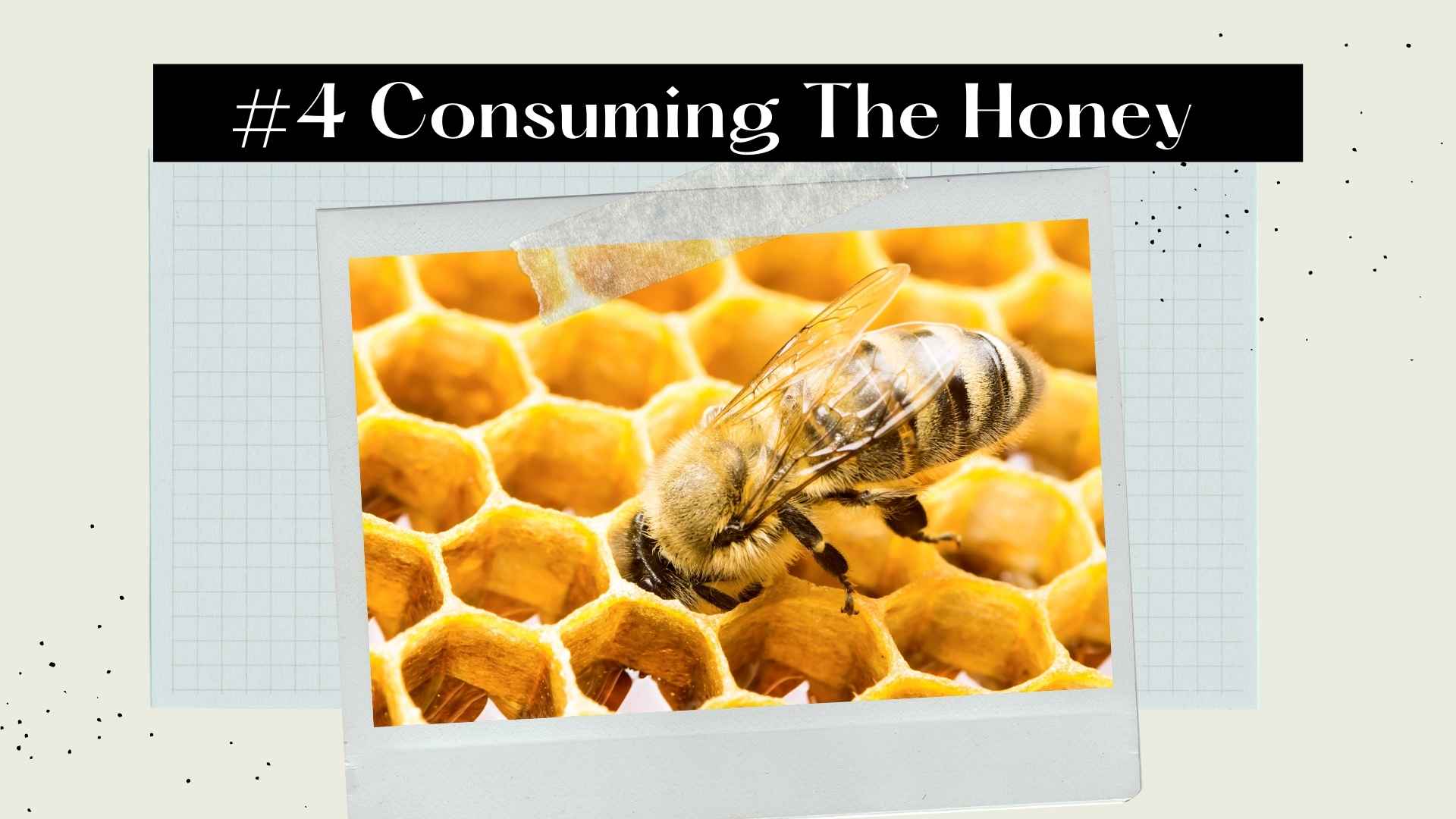Learn About The Bees!
Bees are incredibly hardworking insects. They produce honey at such an efficient rate that it’s almost unbelievable! Inside each beehive, each bee has a special job to complete to ensure that hives store the maximum amount of honey that they can hold. Learn how that wonderful jar of honey is produced.
There are multiple species of bees, but the honeybees that we usually think about are the European honey bees (Apis Mellifera). However, there are also 10 other known species of honey bees around the world, including the giant honey bee in Nepal and Indonesia and the Eastern honey bee from Southeast Asia. Some native Australian bees can produce honey too.
#1 Flowers And Fields!
The story of honey production begins with the flowers in the fields. All bees within a colony play a specific role. In a hive, the older worker bees are typically the ones that fly out of the hive and around nature to look for flowers. They fly up to 5km from the colony, visiting between 50 to 100 flowers each trip. A colony of bees can visit 50 million flowers a day! Typically, the bees work together as a team to decide where the best flowers to visit are. Bees cooperate and coordinate through dance moves, noises, and bumping into each other.
#2 Collecting The Nectar
Most bees gather only pollen or nectar from each flower. They insert a long, straw-like tongue, known as a proboscis, into the nectary of a flower. This is where the flower stores nectar. As the bee sucks the nectar from the flower, it is stored in a special honey stomach. At this point, it is ready to be transferred to the honey-making bees in the hive. The complex sugars present in the nectar begin to be broken down into simpler sugars. If hungry she opens a valve in the nectar “sac” and a portion of the payload passes through to its stomach to be converted to energy for her own needs.
#3 Returning Back To The Hive
After all the nectar has been collected, worker bees return to the hive. The bee is a miraculous flying machine. The bee can carry such a large amount of nectar and pollen, close to its own weight! In comparison, even the most advanced design in aircraft can only take off with a load of one-quarter of its weight. How amazing!
When a bees’ nectar sacs are full, it returns to the hive, where the broken-down nectar is regurgitated and handed off to the house bees. The honey is passed from bee to bee until the moisture content in the honey has reduced from about 70% to 20%. The honey begins to increase in viscosity as the nectar loses water and turns into honey. House bees then pack the nectar into the hexagonal-shaped cells within the honeycomb. These honeycombs are made of beeswax. Next, the honeybees cap each cell with a layer of beeswax, which is then dried and hardened when the house bees beat their wings quickly.
#4 Consuming The Honey
At the end of the day, producing honey is really hard work. But, this precious liquid can’t go to waste! When the bees need food during the winter, the lids of the cells can be removed and can eat the honey they’ve so painstakingly produced. The honey may also be used for newborn baby bees. Pollen is mixed with nectar to make “bee bread” and is fed to the larvae. A baby bee needs food rich in protein if the bee community is to flourish.
After the honey bee returns to its colony, the bee combs, cleans and cares for itself before it heads out to the fields once again. The worker bee spends pretty much the whole of its life collecting pollen, bringing it back to the hive, cleaning herself, then set out for more pollen.
Conclusion
We hope this article has allowed you to appreciate the difficult, yet amazing way that honey is produced. Interested to try out the honey that bees painstakingly produce? Click the links down below to learn more.
